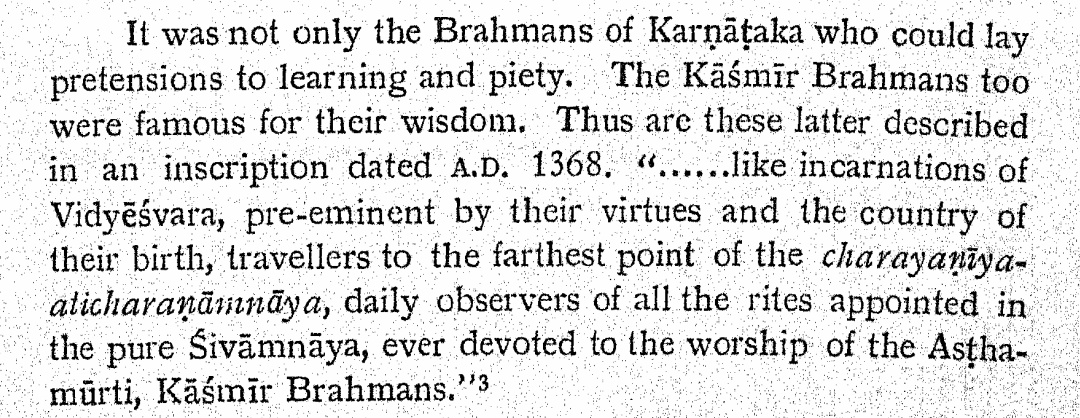
Duties of a ruler laid down by one of the greatest rulers of of Bharat, Shri Krishnadevaraya. All this is recorded in the Amuktamalyada. 

There is a reason why Shri Krishnadevaraya NEVER lost a single battle that he fought & commanded the immense respect of his own people. It is because he surrounded himself with some of the wisest men like Timmarasu Ayyamarasu & Kondamarasu, who were his ministers. Not sycophants.
In one instance the wise ministers reiterate to Krishnadevaraya the importance of COURAGE with this one verse :
శ్లో. యతో ధైర్య స్తతో లక్ష్మీః యతో లక్ష్మీ స్తతో హరిః
యలో హరి స్తలో ధర్మః యతో ధర్మ స్తతో జయః
శ్లో. యతో ధైర్య స్తతో లక్ష్మీః యతో లక్ష్మీ స్తతో హరిః
యలో హరి స్తలో ధర్మః యతో ధర్మ స్తతో జయః

The wise ministers say :
Wherever COURAGE is, there dwells Lakshmi. Wherever there is Lakshmi, there is Hari. Wherever Hari is, there is Dharma. Wherever Dharma is, there is victory.
Wherever COURAGE is, there dwells Lakshmi. Wherever there is Lakshmi, there is Hari. Wherever Hari is, there is Dharma. Wherever Dharma is, there is victory.
• • •
Missing some Tweet in this thread? You can try to
force a refresh















